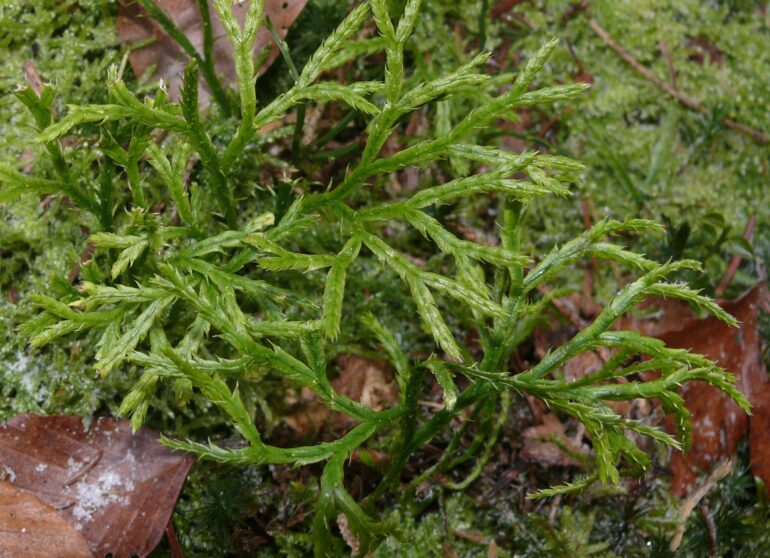An international team of researchers has uncovered a remarkable genetic phenomenon in lycophytes, which are similar to ferns and among the oldest land plants. Their study, recently published in the journal PNAS, reveals that these plants have maintained a consistent genetic structure for over 350 million years, a significant deviation from the norm in plant genetics.
“The exceptionally slow pace of genomic evolution sets these plants apart,” said Dr. Fay-Wei Li, a professor at the Boyce Thompson Institute and a senior author of the study. “Understanding why these plants have changed so little could reveal important aspects of plant evolution and genetics.”
Homosporous lycophytes, a group of seedless vascular plants, show extraordinary genomic stability. The team sequenced the genomes of two species, Huperzia asiatica and Diphasiastrum complanatum, which diverged from a common ancestor about 350 million years ago (approximately when amphibians started to crawl onto land).
Surprisingly, it was discovered that about 30% of their genes have remained in the same arrangement since their divergence, exhibiting an unusual evolutionary pattern known as synteny.
“This study opens a window into the past, showing us how remarkably stable the genetic makeup of these plants has been,” said Dr. Li Wang, co-author of the study. “It’s like finding a living fossil at the genetic level.”
The scientists also observed a notable retention of duplicated gene copies following whole genome duplication events, which is unusual. “While a handful of duplicate genes may evolve new roles, the vast majority are lost relatively quickly through a process known as diploidization,” explains Dr. David Wickell, post-doctoral researcher and co-first author of the study.
However, the researchers found that these homosporous lycophytes often retained both sets of genes with relatively few alterations, even after hundreds of millions of years of evolution.
“That homosporous lycophytes have retained so many duplicate genes and so much synteny is fascinating, a little bit surprising, and doesn’t necessarily fit with our traditional ideas of how genomes reorganize themselves after a large-scale duplication,” notes Wickell.
“While it’s still unclear precisely what is driving this difference, we believe that further study of homosporous plants has the potential to provide novel insights into plant genetics and evolution across all land plants. It also underscores the importance of preserving biodiversity, as these amazing plants hold vital clues to the history of life on Earth.”
More information:
Cheng Li et al, Extraordinary preservation of gene collinearity over three hundred million years revealed in homosporous lycophytes, Proceedings of the National Academy of Sciences (2024). DOI: 10.1073/pnas.2312607121
Provided by
Boyce Thompson Institute
Citation:
A window into plant evolution: The unusual genetic journey of lycophytes (2024, January 19)



